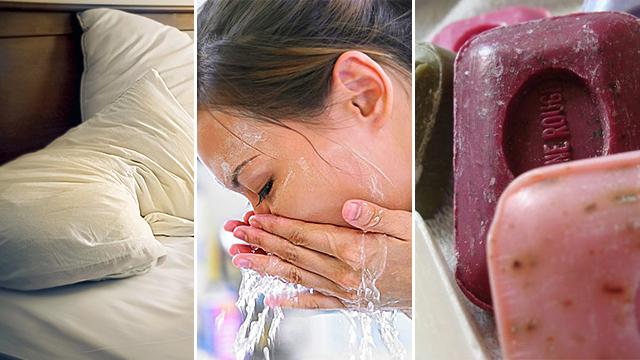Your facial skin is delicate, and as one of the most prized places on our body, we want to protect it. It’s not just about making our faces look young and radiant (who wouldn’t want that?), but also about staying healthy on top of that. However, it is easy for anyone to make some skincare mistakes without even realizing it. While some mistakes are relatively harmless, others can lead to irritation, breakouts, or even more serious problems that can render your skincare efforts in vain.
Here are 9 of the most common mistakes when it comes to facial skincare and how to fix them:






